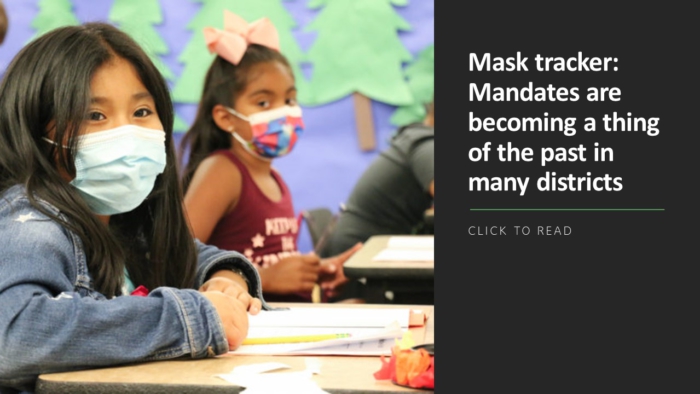CTE programs designed to engage students in the skills needed for the future’s most in-demand jobs are getting re-energized as districts bounce back from COVID with help from a surplus of relief funds.
Career-and-technical education has wider academic benefits, as studies have shown that students who take a CTE sequence are more likely to graduate and enroll in college. Researchers have also found that students in enrolled in career-themed academics have better attendance and scored better on state English language arts exams, according to the U.S. Department of Education.
For district leaders looking for ideas and inspiration around CTE, here are some highlights from 10 states’ plans to spend COVID relief funds and reengagement students:
1. ALASKA: Summer CTE offerings will be expanded along with career-oriented efforts to make up for lost instructional time. New grants will also support projects that combine academic and technical knowledge with employability skills, are aligned to industry needs, and allow students to earn postsecondary or industry credentials.
2. COLORADO: Career-connected learning and the development of new CTE programs are among the state’s strategies for re-engaging students and recommitting to student success after the disruptions of the pandemic. Relief funds will help create a new partnership between Colorado’s rural districts.
3. FLORIDA: A new “Science, Technology, Engineering, and Mathematics Accelerator” project will fund the development of statewide computer science standards. District grants will also support accelerated math instruction and the alignment of computer science courses to workforce needs.
4. INDIANA: Fourth- through 8th-grade students will learn more about college and career readiness so families have more time to make informed decisions about postsecondary education pathways. “Teacher cadet” programs will also be expanded to encourage more students to pursue careers in education, particularly those from underrepresented communities. Grants will also support the expansion of career programs that take place outside the classroom.
5. KENTUCKY: $15 million will fund the creation of “transition ombudsmen positions” to support students with disabilities. Another $690,000 is going toward career field days and CTE showcase events for middle and high school students.
More from DA: Here are the 4 most popular areas for COVID relief spending in schools
6. MAINE: An Extended Learning Opportunity program will expand career exploration opportunities for middle- and high-school students and connect them with local employers. The state will also model early-CTE summer programs for students in the middle grades that “will demonstrate how programs in career and technical education can address the ways in which gender stereotypes limit career aspirations.”
7. MONTANA: The state will partner with Montana businesses to create career paths and industry classrooms where students can earn micro-credentials in high-demand skills. For example, the Montana Contractors Association Education Foundation’s Build Montana program teaches juniors and seniors in Billings Public Schools about engineering science, job site safety, machine operation, site development and the use of drones.
8. NEW MEXICO: Community-based organizations will receive funds to offer evidence-based afterschool programs, including paid internships for high-school students. Grants will also help school districts and partner organizations develop summer STEM and agricultural programming.
9. NORTH DAKOTA: A new teacher career pathway program will target high-school students who are members of groups that are underrepresented in the teaching profession. Students will be able to earn college education credits in all public schools across the state.
10. OREGON: Districts will develop high school credit recovery and drop-out prevention plans centered on accelerated learning and CTE programs that are tailored to local workforce needs. Districts will also expand college and career counseling and financial aid support for high school students.
Administrators can get more details on state CTE investments from the Department of Education.









